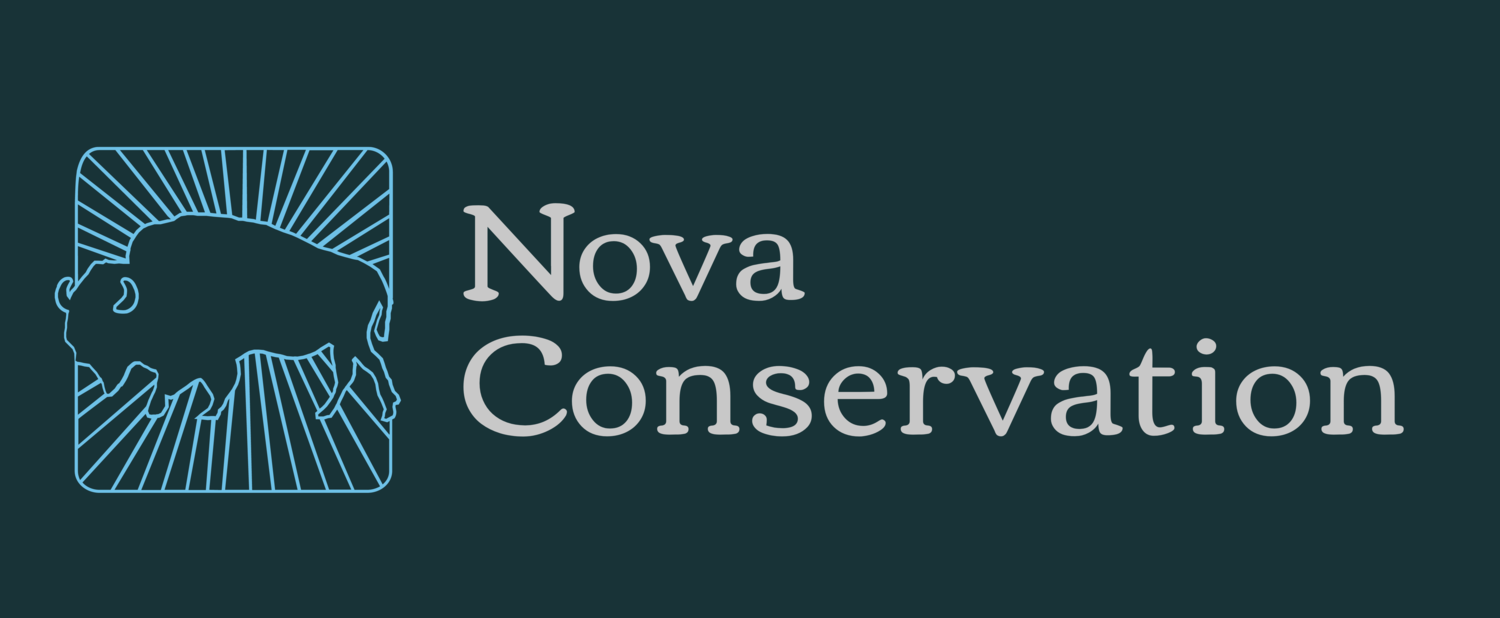Are Zoos Ethical? How The AZA Has Impacted Captive Animals & Conservation
We all have fond memories from childhood of a trip to the zoo or aquarium. But as an adult, have you ever wondered to yourself, “Are zoos and aquariums good places for animals to live?” When applied, the AZA symbol (which stands for The Association of Zoos and Aquariums) is meant to ensure that you are in a place where animal care is held to a high standard. This accreditation is only applied to institutions that follow a specific list of best practices for animals, including veterinary medicine, operations, animal welfare, and husbandry. Even after accreditation has been approved, it must be renewed every 5 years to ensure quality is maintained.
A Brief History
In the 1820s-1830s, Europe had already established zoos; however, they were initially for scientific purposes only. Soon they began opening to the public, but in the process, animals began dying at an alarming rate. Due to a lack of space and cleanliness, combined with only a limited amount of zoological knowledge at the time, zoos were less than ideal for many years.
Out of concern for animal welfare, AZA standards were developed in the 1970s. Over time, many important changes were made to the exhibits and to the treatment of the animals by including their social and biological life histories. In addition, the science-focused Species Survival Plan (SSP) was developed to educate and support research of wild populations.
Despite memberships dropping 75% after accreditation requirements, AZA standards remained firm, leading to widespread improvements in animal welfare. [Photo by Nikolay Tchaouchev]
Comedian John Mulaney has a bit where he says “I hate going to the zoo because you can never see the animals.
‘Oh…they’re in the inside part’
“The inside part? Tell them we’re here!”
While this is understandably frustrating for an observer, it is imperative than animals are able to make their own decisions. For example, if a chimpanzee decides they want to sleep in, keepers of AZA institutions make no physical effort to remove them from their dens, despite guest complaints. This can be frustrating, but it is not up to anyone to dictate how an animal should behave. In many instances, dens may remain open throughout the day as an optional retreat for an animal. They may need a break from all of the guests or as a respite from social tension. The bottom line: The animal should always hold agency to be on or off exhibit.
The Sad Truth About Wynnewood Exotic Park
Let’s switch focus for a second to an attraction that made headlines this year: Greater Wynnewood Exotic Park and the infamous Joe Exotic from Netflix’s documentary “Tiger King.” Notice that I said “attraction,” not zoo. Unfortunately, places like Wynnewood are not accredited and provide very little in the way of helping the tiger population. If they were accredited by AZA, the squalor living conditions would not be acceptable.
A major red flag is the attraction of “cub petting.” No ethical or accredited institution would offer a service to pet a wild cub, or separate a cub from its mother. This activity allows untrained guests to handle tiger cubs, causing extreme stress and agitation for the cub.
Unfortunately, it gets worse from there.
Thanks to our fancy scientist friend Dr. Stephanie Schuttler for this photo.
The “best” age for these public handlings is between the ages of 8-12 weeks — any older and they are deemed too aggressive. After these interactions, young tigers can no longer be introduced to the large social group due to human imprinting. They are either forced to become breeders, sold off to private owners, or killed.
These barred cages (left photo) are an iconic representation of what zoos used to be before AZA standards transformed them into the sweeping, free roaming exhibits they are today.
Transparency is Key
Some good news: Many AZA institutions offer the service of taking you behind the scenes for a more in-depth view of how they operate and care for the animals. While it is a personal dream of mine to travel the globe and observe these animals in their natural setting, I can comfortably observe them in AZA institutions. These places have made animal care their number one priority, and it is reflected in the lives of every animal seen.
Ethical Concerns
Even in light of the high standards of these AZA institutions, some struggle to understand how zoos can exist ethically at all. Are the animals really as happy as they would be in the wild? Though it seems like a hard pill to swallow, animals in accredited institutions are living the highest quality of life possible.
Many of these zoo animals cannot be released back into the wild for various reasons. Often the animals are rescued and have been rehabilitated to a specific husbandry routine and would not know how to survive in the wild. If the animal is found to have a defect in genetic or physical traits, breeding with a wild animal could harm the population by passing down unfavorable genes.
Zoos play an important role in conservation through providing genetic diversity that aids wild populations. Photo by Rad Pozniakov
If you’re still on the fence about zoos, even those with the highest standards, keep in mind the education and conservation benefits. The late Dr. Michael Hutchins (former AZA director) claimed that by studying animals in captivity, zoos can provide valuable information that may be difficult or impossible to gather in the wild. However, not all wildlife sanctuaries serve this purpose; indeed, they must have a dedicated commitment to conservation to be effective. In a compelling 2012 interview with National Geographic, Dr. Hutchins said,
“The world is experiencing a severe conservation crisis with thousands of species and their habitats struggling to survive. Given this context, would it not be better if the millions of dollars spent on maintaining [animal] sanctuaries be funneled to institutional conservation, as well as to wildlife science and education? Wouldn’t it be better if states were to ban the general public from keeping and breeding large exotic animals, so that surplus animals are not produced?
Our attempts to reverse final and irreversible extinction to be a higher and more immediate moral imperative than the lives or welfare of individual animals. As conservation biologists, Michael Soule and Bruce Wilcox once wrote, ‘An end to life is one thing, but an end to birth is something else.’”
In other words, he argues that funds should go directly to on-the-ground conservation efforts to fight the extinction crisis instead of wildlife sanctuaries, especially those that are not AZA accredited.
A team of researchers from Brookfield Zoo and Chicago Zoological Society examine a Peruvian fur seal pup at a costal reserve. Zoos and Aquariums often partner with field research teams to conserve wildlife. Photo by Anthony Souffle / Chicago Tribune
The Path Forward
Regardless of your opinion on zoos, the reality is the majority of modern zoos benefit conservation of biodiversity and educate millions of visitors each year. However, this does not mean all animal sanctuaries are helping the cause. According to an article from the American Veterinary Medical Association, of the 2,400 animal exhibitors licensed by the Department of Agriculture, fewer than 10 percent meet AZA standards for accreditation.
If you do choose to visit a sanctuary, it’s best to support AZA institutions while keeping your distance (and dollars) from non-accredited reserves– a lá Tiger King. Through education and a keen eye for symbols, you can help move toward a world that respects, values and conserves wildlife and wild places!







